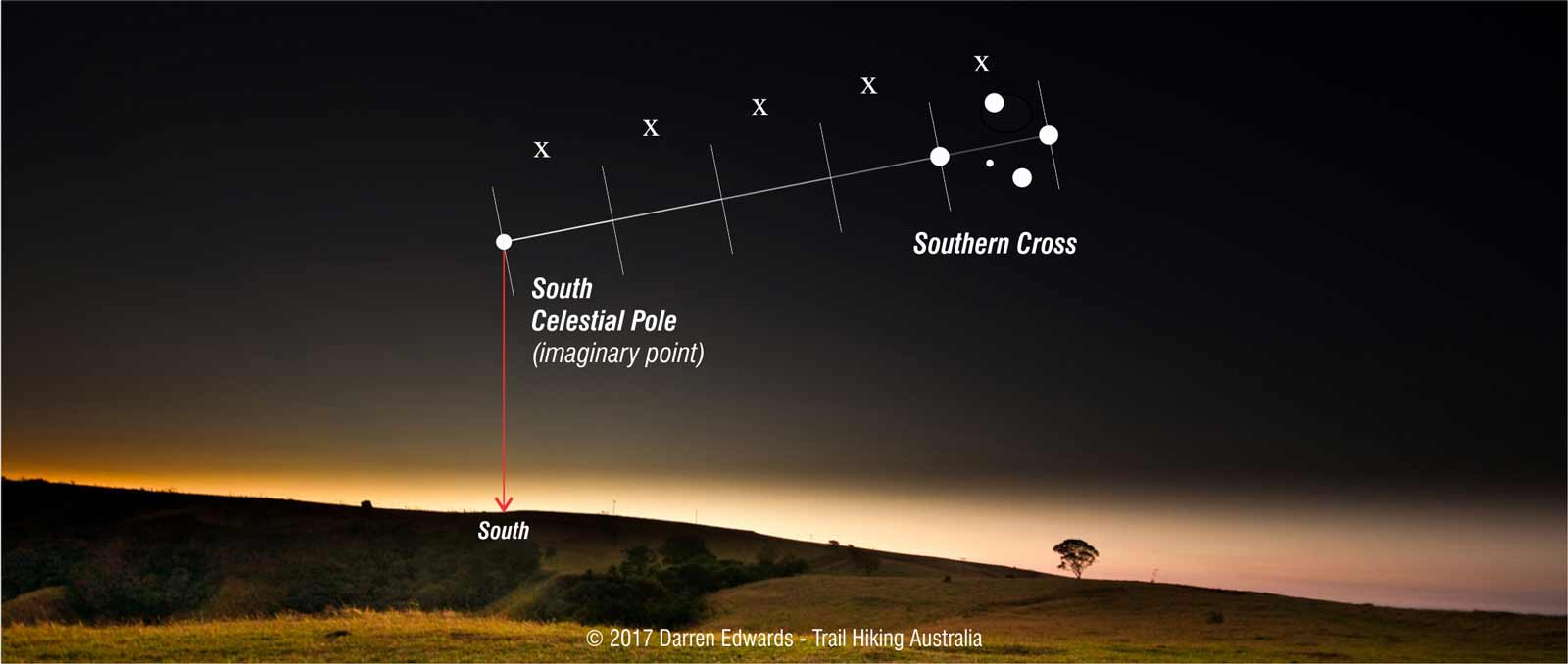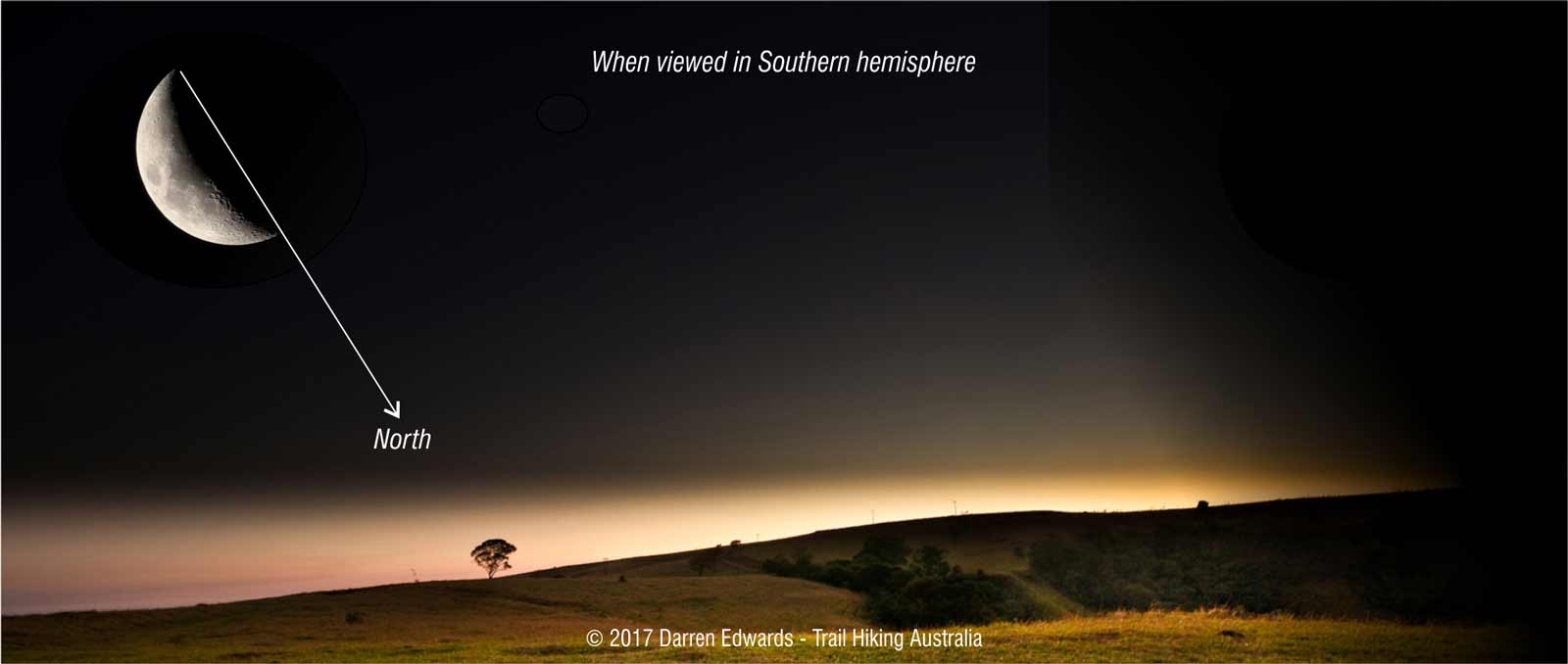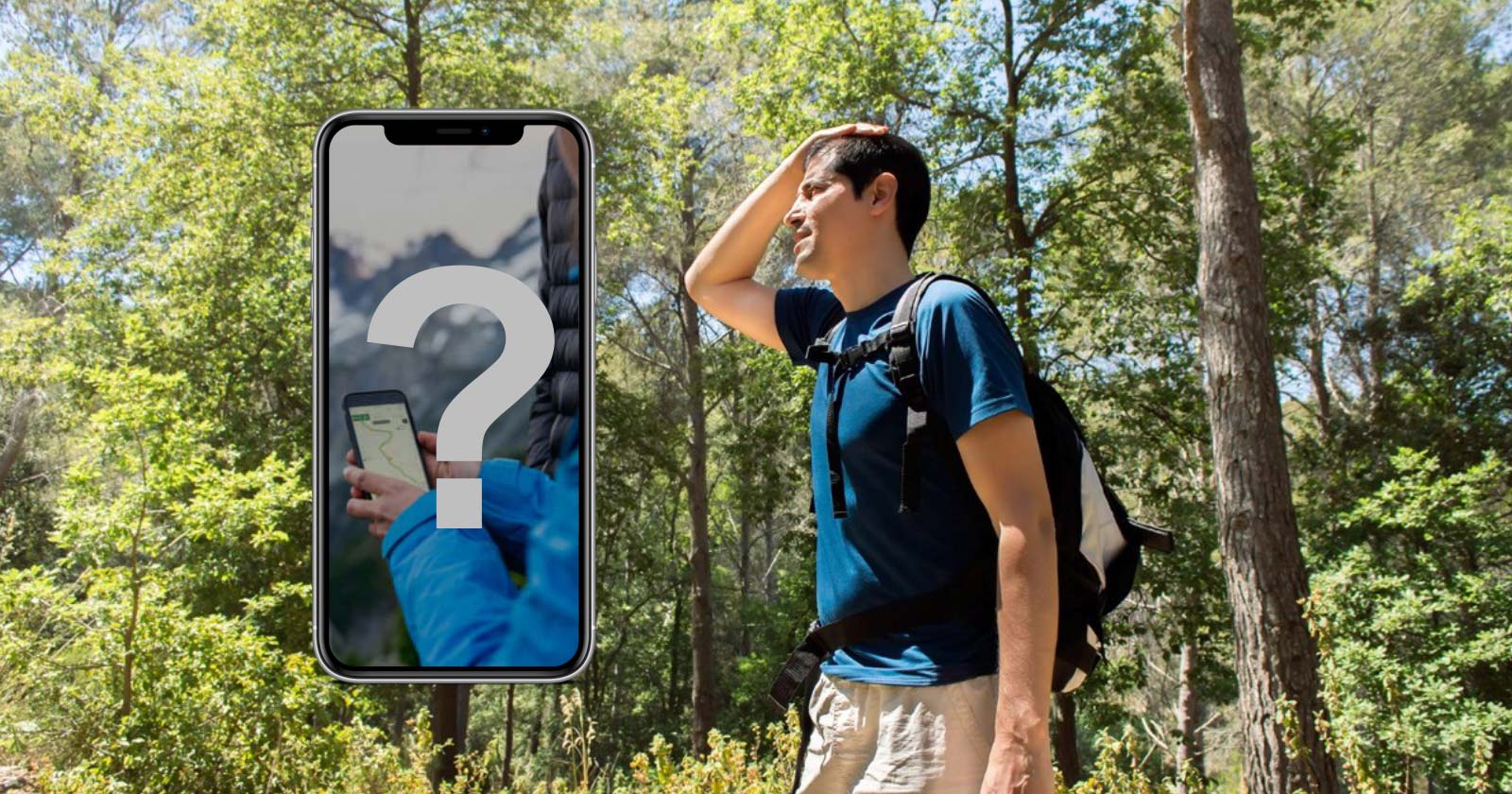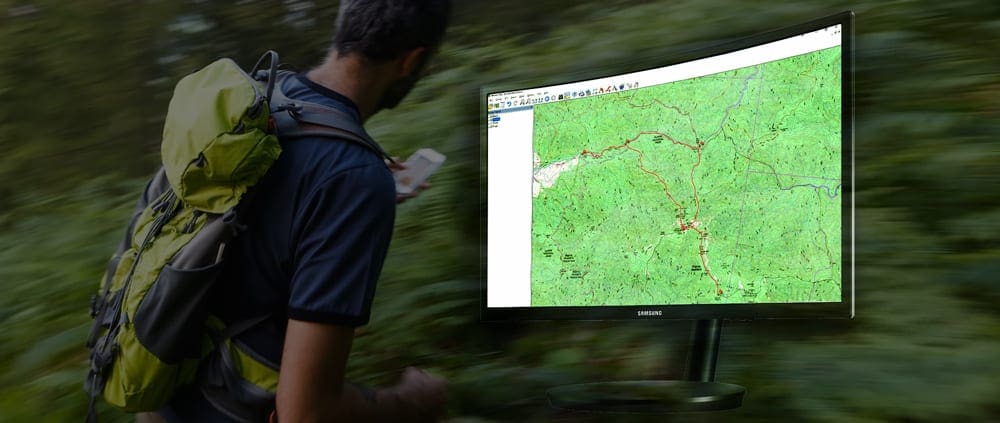Navigating by the Southern Cross
Navigating at Night need not be as daunting as it sounds. Provided that the skies are working for you and are not covered in cloud. If you can find the Southern Cross, or ‘Crux’ by its astronomical name, you can easily find the South Celestial Pole (SCP), an imaginary point in the sky directly above south.
The Southern Cross, a constellation of four bright stars arranged in a cross-like pattern, is a prominent feature in the night sky of the Southern Hemisphere. This celestial landmark has served as a navigational tool for centuries, guiding explorers and travelers across vast distances. For hikers venturing into the wilderness of the Southern Hemisphere, the Southern Cross can be an invaluable aid in staying on course and avoiding getting lost.
Identifying the Southern Cross
The Southern Cross is easily recognisable by its distinctive pattern of four stars: Alpha Crucis, Beta Crucis, Gamma Crucis, and Delta Crucis. These stars form a cross with Alpha Crucis, the brightest star, at the top and Gamma Crucis, the second brightest star, at the foot. The Southern Cross is typically visible in the southern sky, rising in the east and setting in the west.
Navigational methods using the Southern Cross
The Southern Cross can be used for navigation in several ways. Here are two common methods:

Method 1: Using the Pointers
The Pointers, also known as Alpha Centauri and Beta Centauri, are two bright stars located near the Southern Cross. These stars form a line that points directly towards the South Celestial Pole (SCP), the point in the sky that appears directly overhead for an observer at the South Pole.
To use the Pointers to find south, follow these steps:
- Locate the Southern Cross and identify the two Pointers.
- Draw an imaginary line connecting the Pointers.
- Extend this line about five times its length towards the southern horizon.
- The point where this imaginary line intersects the horizon is approximately due south.

Method 2: Using Constellation Centaurus
Another slighty more challenging, but more accurate, way of finding south is to use the Southern Cross and the pointer stars from the neighbouring constellation, Centaurus. This method is slightly more accurate than using the Pointers alone because it takes into account the fact that the Southern Cross moves around the sky during the year. By using both the Constellation Centaurus and the Pointers, you can more precisely determine the location of the South Celestial Pole (SCP), which is the point in the sky that appears directly overhead for an observer at the South Pole. From the SCP, you can then easily determine the direction of south.
To use Centaurus and the Pointers to find south, follow these steps:
- Draw a line through the two stars at the ‘head’ and the ‘foot’ of the cross and extend it to the dark patch of the sky the same way as in the first method (Line 1).
- Then join a line between the two pointers (Line 2). Find the middle of Line 2 then draw a perpendicular line down toward Line 1 until the lines meet. The point at which the lines 1 and 3 intersect is the SCP. From there just look straight down to the horizon and you’ve found south.
- Even though the Southern Cross moves around the sky during the year, the foot of the cross always points to the SCP, which is very handy if you’ve lost your compass or the sun’s gone down.
Additional things to consider
- Accuracy: The accuracy of these methods depends on several factors, including the observer’s experience in stargazing and the clarity of the night sky. In general, the methods are more accurate when the Southern Cross is high in the sky and there is minimal cloud cover.
- Time of Day: The Southern Cross is visible throughout the night, but it is highest in the sky around midnight. Therefore, navigation using the Southern Cross is most effective during the late hours of the night.
- Seasonality: The position of the Southern Cross changes throughout the year. During the summer months, the constellation is higher in the sky, making it easier to locate. During the winter months, the constellation is lower in the sky, making it more difficult to see.
Navigating by the Southern Cross is an ancient skill that has proven its worth over centuries of exploration and travel. For hikers in the Southern Hemisphere, understanding how to use the Southern Cross for navigation can provide a sense of direction and reassurance in the wilderness. While not as precise as modern navigational tools, the Southern Cross offers a simple and effective way to stay on course and avoid getting lost, allowing hikers to appreciate the beauty and tranquility of the night sky while safely navigating their way through the wilderness.

Navigating by moonlight
Venturing into the wilderness at night can be a thrilling experience, offering a unique perspective of the natural world under the cloak of darkness. However, navigating in the absence of daylight can pose challenges, making it crucial to have a basic understanding of celestial navigation. The moon, Earth’s celestial companion, can serve as a valuable guide for nighttime navigation, providing clues about direction and time.
Understanding the moon’s phases and movements
The moon’s appearance changes throughout its orbit around the Earth, creating distinct phases. These phases, from new moon to full moon, influence the moon’s position in the sky and its usefulness for navigation.
- Crescent Moon Phase: During the crescent moon phase, when the moon appears as a narrow sliver of light, it can be used to determine direction. Simply draw an imaginary line along the moon’s illuminated side, from tip to tip. In the Southern Hemisphere, this line points approximately north, while in the Northern Hemisphere, it points approximately south.
- Waxing and Waning Gibbous Phases: As the moon transitions from crescent to full moon, it is known as a waxing gibbous moon, and as it transitions from full moon back to crescent, it is known as a waning gibbous moon. During these phases, the moon’s position can still provide general directional guidance, but it is less precise than during the crescent moon phase.
- Full Moon Phase: At full moon, the entire surface of the moon is illuminated, making it difficult to use for precise directional guidance. However, a full moon can provide ample light for nighttime navigation, allowing hikers to see landmarks and terrain more clearly.
Timing the moon’s rise and set
The moon’s rise and set times vary throughout the year and depend on the observer’s location. In general, the moon rises in the east and sets in the west, similar to the sun. However, the exact angle of its path across the sky changes over time.
- Moonrise Before Sunset: If the moon rises before sunset, the illuminated side of the moon will face west.
- Moonrise After Midnight: If the moon rises after midnight, the illuminated side of the moon will face east.
Using the moon for navigation
While not as precise as compass or GPS navigation, the moon can provide a general sense of direction and help hikers stay on track, especially during the crescent moon phase. Additionally, the moon’s phases can provide insights into the time of night, as the moon’s position in the sky progresses through the night.
If the moon rises before sunset, the illuminated side of the moon will face west. If the moon rises after midnight, the bright side will face east. The reason this navigational method works is because the sun and moon move across the sky from east to west. Since the moon reflects the sun’s light, its bright side will be ‘pointing’ to the direction of the sun, or approximately east or west.
Additional things to consider
- Cloud Cover: Clouds can obscure the moon, making it difficult to see its illuminated side and reducing its usefulness for navigation.
- Light Pollution: In areas with significant light pollution, the moon’s light may be less visible, making it more challenging to use for navigation.
- Experience: Familiarity with celestial navigation techniques and practice in using the moon for direction can improve accuracy.
Navigating by moonlight offers a unique and traditional method of finding your way in the wilderness, particularly when other navigational tools are unavailable. While not as precise as modern navigational techniques, understanding the moon’s phases, movements, and relationship to the sun can provide valuable directional guidance and enhance the experience of nighttime hiking. By observing the moon’s position and utilising its illuminated side, hikers can stay on course and appreciate the beauty of the night sky while traversing Australia’s diverse landscapes.
















Hi Darren,
Just one point to note above, you have the same 3 pictures, 2 of which show a point which is south whilst the third notes this direction as north. Clearly if you are standing in the same spot looking at that scenery then it cannot be both directions. Whilst your comments are correct, you should definitely use a different photo as your diagrammatic explanation
Hi Stuart. Thanks for your comments can you please elaborate more? The diagrams are correct and represent the related descriptions. Which one is incorrect? The three images are not meant to be viewed in association with earth other. Each image relates to the related description only.
Hi Darren,
In isolation the pictures are correct, it is simply confusing to see the same picture three times with two of them showing South but the third one showing North. Whilst I understand that “each image relates to the related description only”, the problems exists that they are being depicted in the same article & therefore a natural conclusion is drawn. As I mentioned above, if you are standing in the same spot looking at the scenery as depicted, you cannot have two opposite directions. If these pictures were used in different articles there would be no confusion but sitting directly underneath one another an automatic psychological link is drawn between them. The Moon picture should use a different picture. Just my thoughts
Thanks for your comments Stuart. I have flipped the last image so that the scenery represents the reverse view of the other two images.